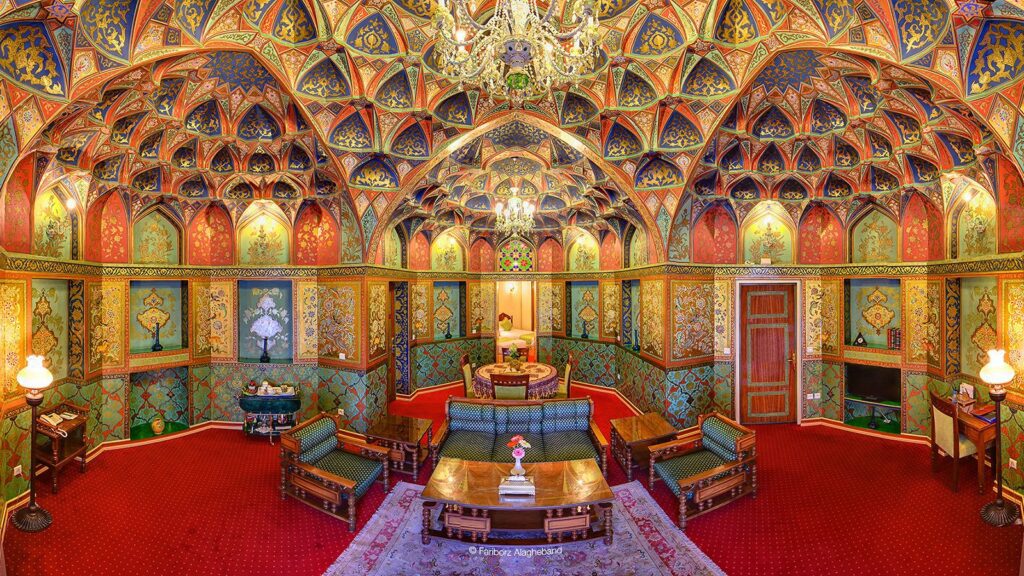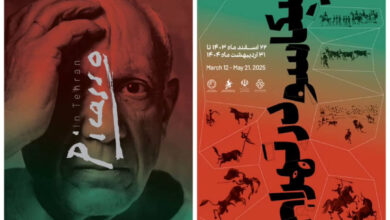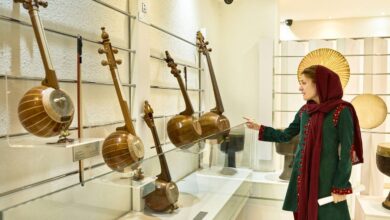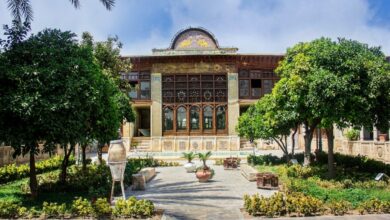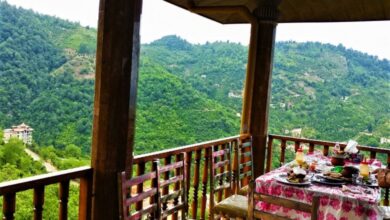Discover the Gilan Rural Heritage Museum
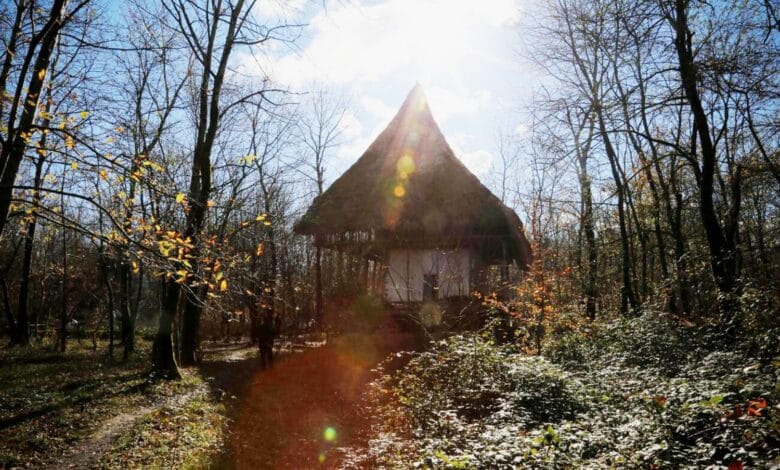
The Gilan Rural Heritage Museum stands out as one of the most captivating attractions in Rasht. This museum serves as an excellent platform for visitors to explore the architecture, culture, lifestyle, local cuisines, handicrafts, attire, and much more of the diverse regions within the Gilan province.
Housing 28 residential complexes, the museum also recreates other rural settings such as rice paddies, straw barns, chicken coops, offering an unforgettable experience for every visitor. Join SURFIRAN on a tour through this museum to dive deep into the heart of Gilan’s rural heritage.
The Museum’s Unique Architecture and Collections
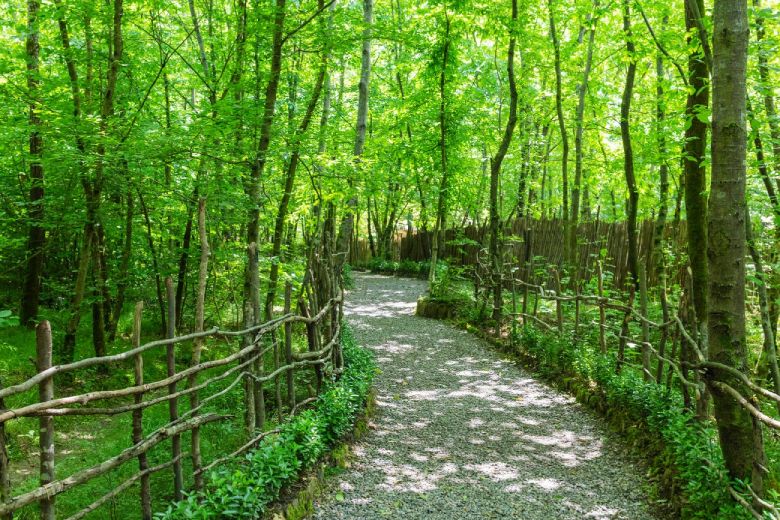
Situated on approximately 263 hectares, the Gilan Rural Heritage Museum is among the most scenic tourist attractions in Gilan. It offers a small yet realistic glimpse into the traditional lifestyle and culture of Gilan’s rural areas. The architectural segment of the museum showcases a collection of buildings with an average age of 150 years. These structures form 28 complexes and include residential and auxiliary buildings from various regions of the province. Identified, documented, dismantled, and reassembled in the museum, these buildings provide a comprehensive view of Gilan’s architectural diversity.
Experiences at the Gilan Rural Heritage Museum
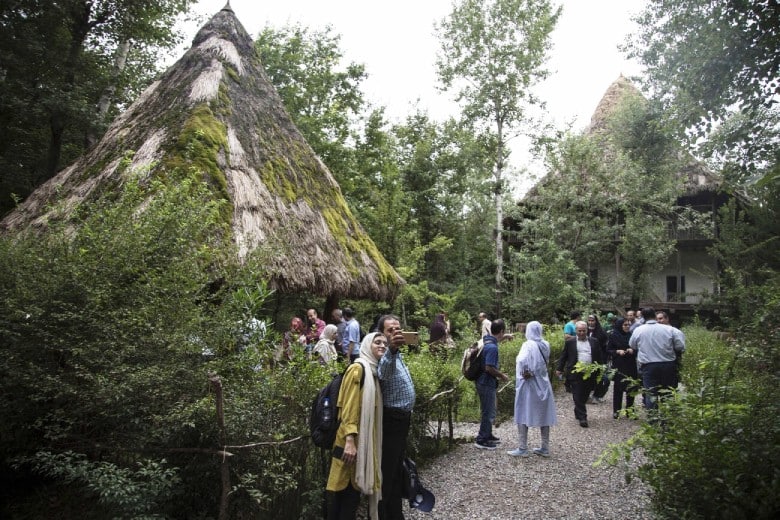
Beyond exploring rural spaces and understanding the culture and architecture of different areas of the province, visitors can dress in local costumes for photography, taste local foods, and shop at the handicrafts market. This eco-museum is also one of the best destinations in Rasht for children. With workshops for handicrafts production such as pottery, basket weaving, Rashti embroidery, and more, playgrounds, local shows, agricultural and livestock research centers, an architecture and ethnography institute, a children’s park, medicinal plant gardens, native tree plantations, a recreational campsite, and guesthouses inspired by rural architecture, the museum offers a rich variety of activities.
Preserving Cultural Heritage
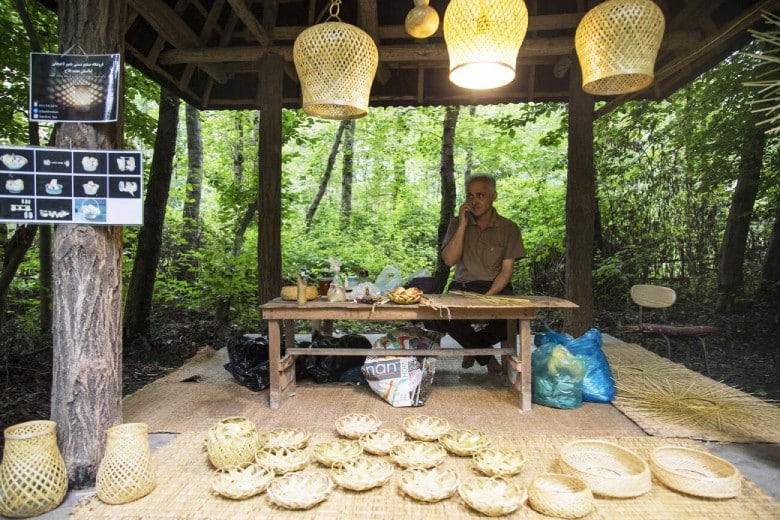
The aim of the Gilan Rural Heritage Museum goes beyond merely transferring rural buildings; it seeks to preserve the indigenous culture, construction techniques, and unwritten knowledge that has existed in the villages of Gilan. The museum not only showcases the rural architecture of various regions of the province but also displays other cultural elements related to tools of living and work, food, clothing, and more.
Location of the Gilan Rural Heritage Museum
Where is the Gilan Rural Heritage Museum located? Nestled in the Saravan Forest Park, situated 18 kilometers along the Rasht-Qazvin highway, just before the police station, and 3 kilometers on the Saravan-Shaft road, this museum is a treasure trove of culture and history waiting to be explored by those eager to experience the essence of Gilan’s rural legacy.
Contents
The History of Gilan Rural Heritage Museum

The idea to establish the Gilan Rural Heritage Museum first emerged following the devastating earthquake in Gilan-Zanjan in June 1990. Initiated by Dr. Mahmoud Taleghani, this concept arose as the quake significantly accelerated the destruction of traditional buildings. The preliminary study phase for the museum began in early 2002. The initial step involved extensive research to find the ideal location for the project’s implementation. After thorough evaluations, Saravan Forest Park was selected due to its suitable topography mirroring that of Gilan, easy access, and the presence of appropriate infrastructural facilities, marking it as the project’s execution site.
The Process of Relocating Buildings
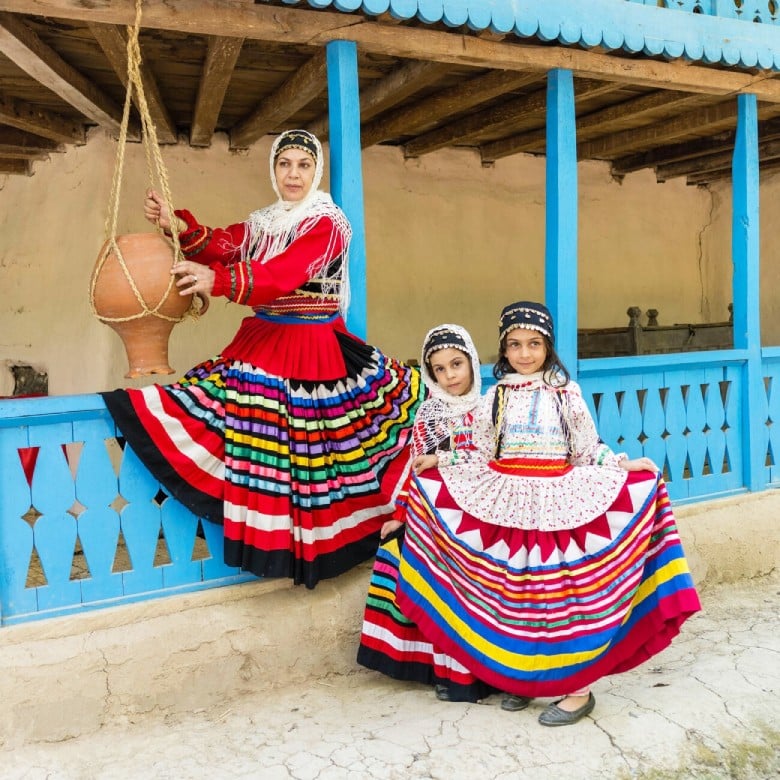
The core process for transferring buildings operated in such a way that initially, a team of experts was dispatched to villages to identify buildings of value for the museum. These buildings were recognized and studied, encompassing aspects of anthropology and architecture. Following the completion of these studies, the buildings were architecturally surveyed and tagged for reconstruction. After dismantling and transporting materials to the museum, the structures were reassembled in designated spots, crediting either the donor or seller of the building. The museum complex spans over 45 hectares, situated at the core heart of the site, offering a deep dive into the region’s cultural and architectural legacy.
By actively engaging in the preservation and reconstruction of traditional architecture, the Gilan Rural Heritage Museum serves not only as a beacon of cultural preservation but also as an educational platform, showcasing the rich cultural and architectural heritage of Gilan.
Traditional Displays and Games
The Gilan Rural Heritage Museum hosts a variety of traditional games and ceremonies, highlighting the rich cultural tapestry of the region. Among these, Doll Bride, Gilan Wrestling, Tug of War, and Rope Walking (a traditional tightrope performance) stand out as significant attractions.
Doll Bride: A Nowruz Ritual Performance
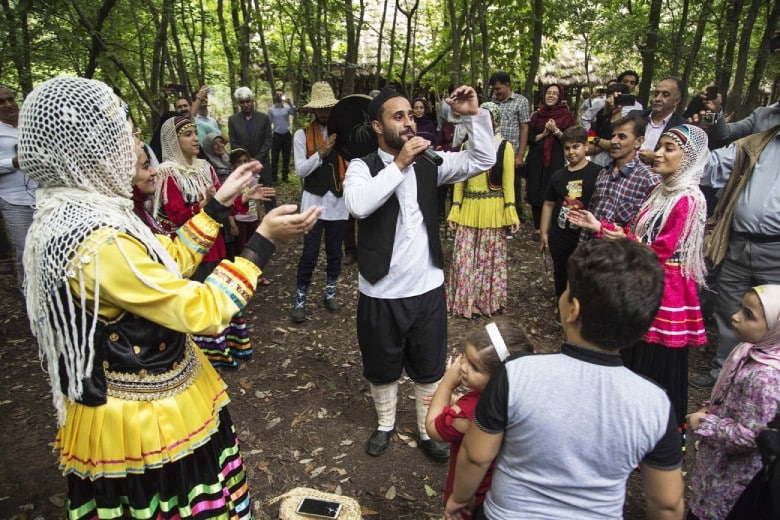
Doll Bride is a ceremonial performance conducted from the latter half of Esfand (the last month of the Iranian calendar) through Nowruz (the Persian New Year). This act centers around a love rivalry between two characters to win over Naz Khanoom. The competitors are typically Pir Baba (the old man) and the Giant or the Shark and the Giant. While stories may vary slightly, Pir Baba often wins Naz Khanoom’s heart, marking a happy ending. However, some versions see the Giant emerging victorious.
Gilan Wrestling: A Testament to Martial Tradition
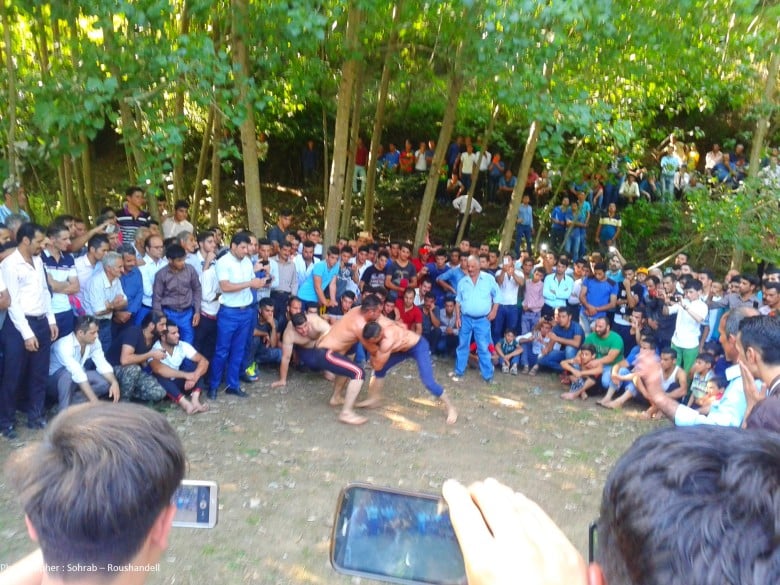
Gilan Wrestling is not only prevalent in Gilan but also in Mazandaran. The essence of this performance is individual combat and martial prowess. It is celebrated during holidays, weddings, and from Khordad (the third month of the Iranian calendar) through the end of Shahrivar (the sixth month). The event starts with a prayer, followed by a salute to the audience. The combat begins shortly after, with the fight ensuing. Falling to the ground signifies defeat, and even a mere touch of the fingers can determine the loser.
Rope Walking: A Skillful Display of Balance
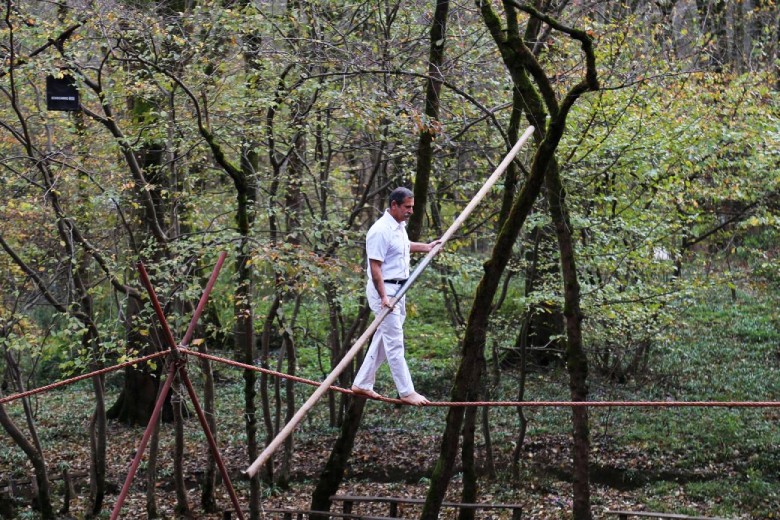
Rope Walking is performed in summer (early Tir to late Mordad), autumn (Mehr and Aban), during Nowruz, Sizdah Bedar, and other festivals. It’s also known by various names such as Rope Dancing, Cord Dancing, and Tightrope Walking. The performer, a skilled rope walker, executes tricks on the rope, ultimately collecting his fee from the spectators through a traditional form of donation gathering.
Visiting Hours and Ticket Information
Visitors can explore the Gilan Rural Heritage Museum daily from 9 AM to 6 PM. On Wednesdays, group tours with a guide are available. Ticket prices are set at 5,000 Tomans for domestic tourists and 100,000 Tomans for international visitors. Please ensure to carry a bank card for ticket purchases.
SURFIRAN Tours
Best Iran Tours
Conclusion
Discover the heart of Gilan’s culture at the Gilan Rural Heritage Museum, where traditional games, ceremonies, and performances come alive. From the romantic tales of the Doll Bride to the athletic prowess showcased in Gilan Wrestling and the breathtaking skill of Rope Walking, this museum offers a unique glimpse into the region’s rich heritage. With convenient visiting hours and affordable ticket prices, it’s an essential destination for both domestic and international visitors seeking an authentic experience. Don’t miss the chance to immerse yourself in the vibrant traditions of Gilan.
Read More
